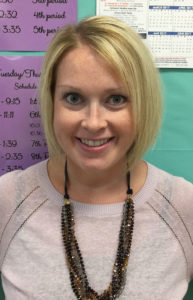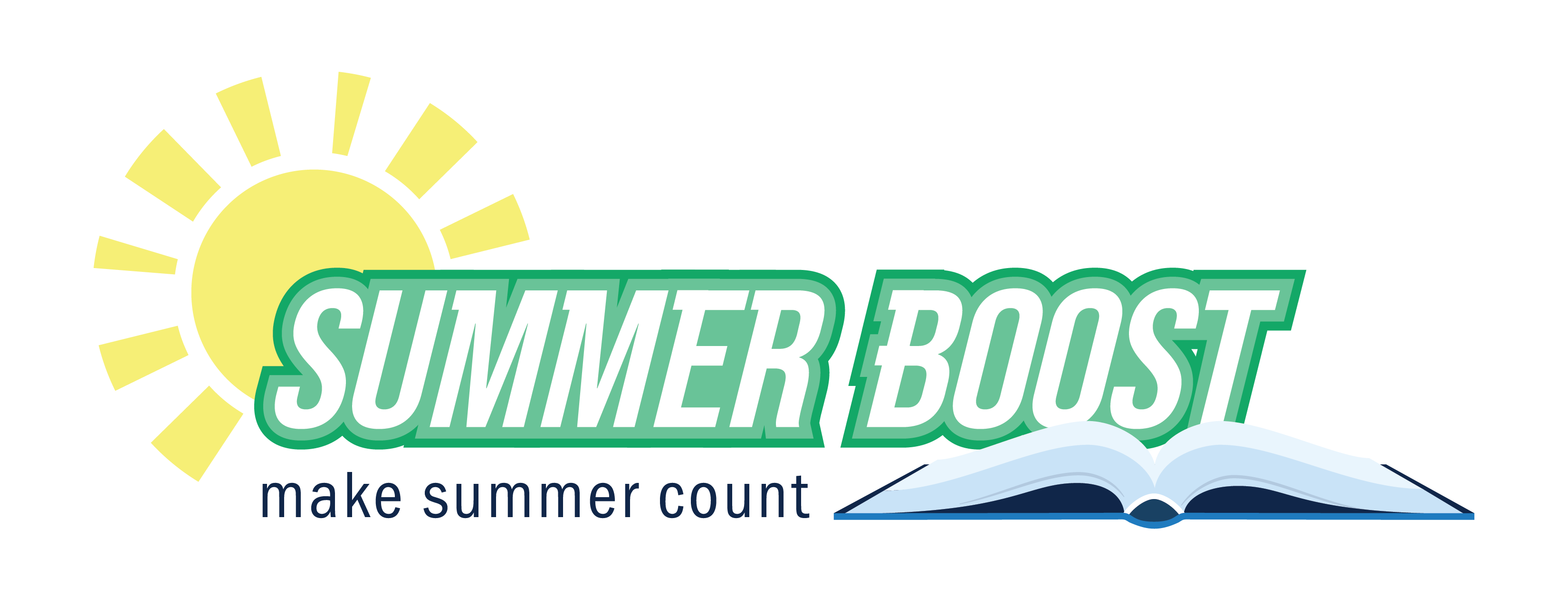
Maggie Doyle
By Maggie Doyle
maggie.doyle@clark.kyschools.us
While I am sure people working in other professions have their own crosses to bear, no one other than a teacher knows the true burden of missing a day of work. The preplanning and the post-grading are exhausting. As a result, days away from the classroom are preserved and used only for something that is truly worth the time away.
My experience at the Stanford Center for Assessment, Learning and Equity (SCALE) Task Design Institute in April definitely fell into the “worth it” category.
Although I had 10 years of classroom experience prior to attending the workshop, I was almost embarrassingly uninformed about the value and depth a performance task could add to my classroom. Of course I had always incorporated generic application problems into my teaching, but a performance task is so much more authentic than anything I was using at the time.
As a high school mathematics teacher, my dilemma had always come when trying find the balance between devoting an extended amount of class time to one rich task and the need to get my content covered in a timely manner. However, the presenters from SCALE emphasized that integrating a performance task into a unit does not have to mean sacrificing content or pacing.
A performance task should enhance the curriculum we already follow by allowing for higher-order thinking and real-world connections that do not take place when we focus solely on mastery. In addition, a performance task has an open-ended quality involving student choice that simply is not present in the standardized assessments that currently govern how we measure student achievement. For example, whether it is coordinating plans for a social event, figuring out how to fix a leaky pipe or meal planning for a family with a hectic schedule, it is imperative that we be able to identify and implement a strategy to navigate the obstacles that land in our path, despite that skill set not being measured in a multiple-choice type of manner.
Perhaps the most beneficial portions of the design institute for me were the breakout sessions we had with someone in our subject area who had extensive knowledge and experience with performance tasks. Through sharing these successful tasks, we began to bridge the gap between the basics of “What is a performance task?” to “How can I develop a task with appropriate depth and content knowledge that is also accessible to students?” Having the time to get a student’s perspective by walking through sample performance tasks really gave me the opportunity to see how I could embed a task with 21st-century skills – such as decision making and communication – into the content I am already teaching.
When I began designing my performance task, I focused on one thought: “What do my students find interesting and engaging?” I can only speak for my sample of students, but my little angels get all worked up about social issues and are willing to argue endlessly about what is fair. So, I wanted to use that to my advantage. Since there have been several stories in the media lately about the gender gap – including an article by actor Jennifer Lawrence after discovering her male counterparts in one movie made a significantly higher salary and the debate over the disparity between the salary of U.S. men’s and women’s soccer teams – I decided to focus my task here.
In my planning stages, I decided my performance task should be ongoing through a section of my curriculum on comparing and analyzing distributions data. This allowed me to highlight some weaknesses that I had seen in paired data with my students in previous years. Most of my performance task was completed in 10-minute increments, paced and assessed periodically in a manner similar to exit slips. This method allowed me to formatively assess my students throughout the project, while not losing any time in pacing.
In terms of student choice and decision making, I gave students three options for how they could compare their gender data. Students could decide whether they want to examine the gender gap by salary in different industries, by employment in different industries or by salary in different locations throughout the United States. A final decision had to be made and supported with statistical justification by each student about which career, industry or location would be the best decision for them as they prepare to enter into the workforce.
As there is no one-size-fits-all answer to this question, I hoped students would become engaged in the debate over whether a disparity exists in certain careers, industries or locations, while also improving their ability to analyze data and communicate their position in a clear, coherent manner. An added benefit is the discussion of other factors that could be influencing the data, such as rate of promotion or the gender breakdown of available candidates to fill positions in different industries. As an extension, when we reach our unit over regression, we can examine whether the gap is narrowing or widening.
Designing a performance task is not for the faint of heart. My brainstorming document alone was 10 pages. But, I truly felt so proud when I got the green light that it was ready to go to the classroom.
It truly took a village to guide me along the path from where I began at the SCALE institute in April, through many revisions to now, where I have taught the task in my classroom.
I can think of no better way to justify a day away from my class than to imagine the benefits that my students will (hopefully) reap as a result.
Maggie Doyle has taught mathematics for 11 years at George Rogers Clark High School (Clark County). She has a bachelor’s degree in mathematics from Georgetown College, a master’s degree from Eastern Kentucky University and is working on her supervisor of instruction from the University of the Cumberlands.




Leave A Comment